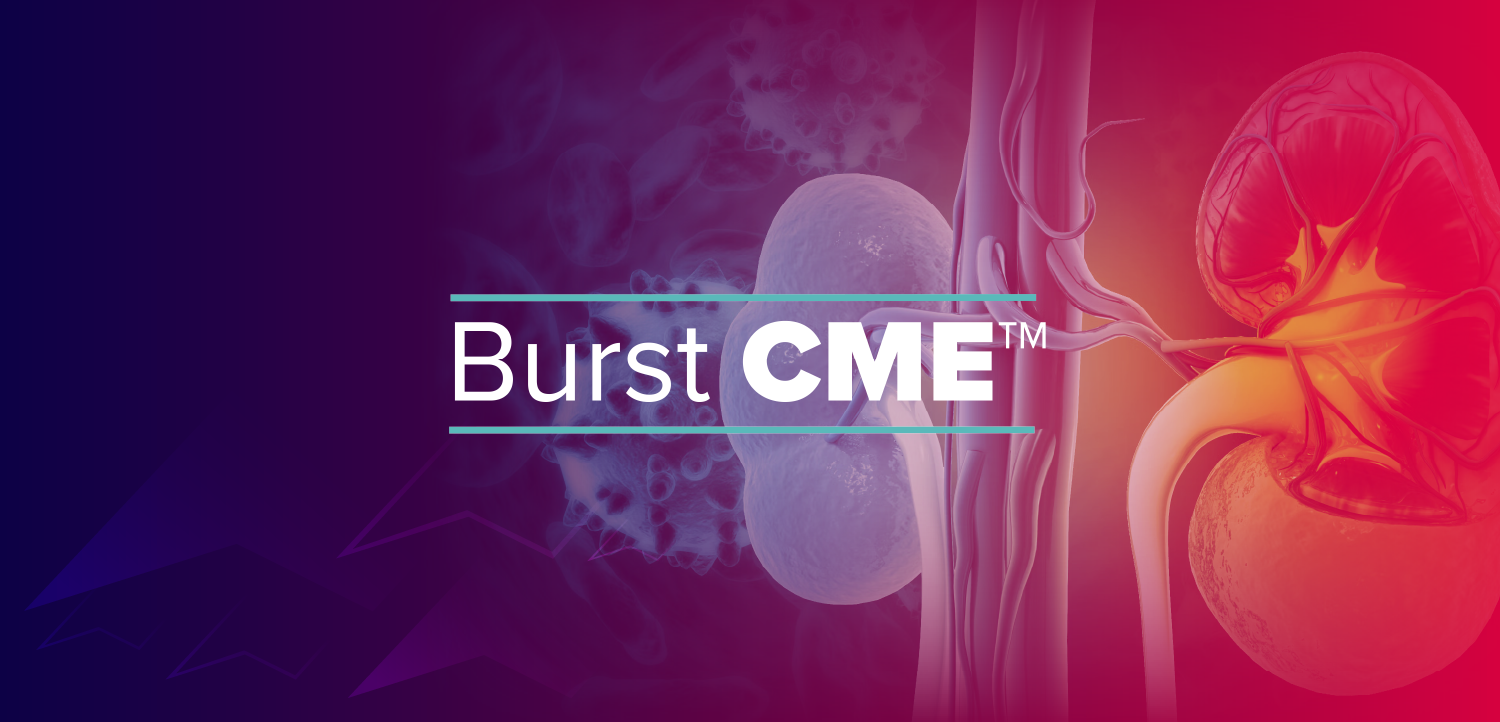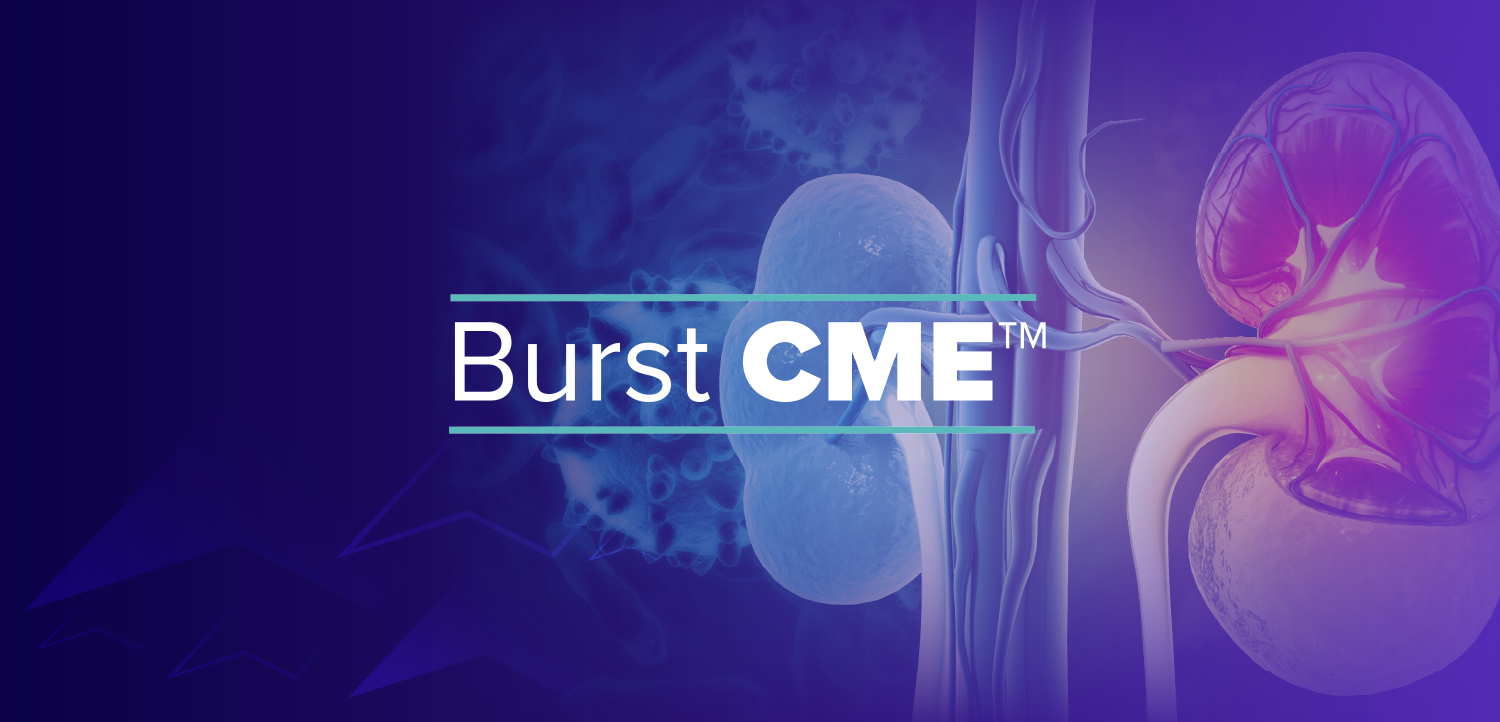
- Vol 53 No 08
- Volume 53
- Issue 08
Water vapor therapy demonstrates superior outcomes vs pharmaceutical therapy for BPH
Key Takeaways
- Rezūm Water Vapor Therapy demonstrated superior initial symptom score improvements and lower 5-year clinical progression rates compared to pharmaceutical treatments for BPH.
- Significant improvements in IPSS and BPH-II scores were observed with Rezūm, outperforming doxazosin, finasteride, and placebo.
According to the authors, these data support Rezūm as an alternative first-line treatment option for patients at risk of BPH progression.
Patients with benign prostatic hyperplasia (BPH) who underwent treatment with Rezūm Water Vapor Therapy demonstrated a lower rate of 5-year clinical progression as well as superior initial symptom score improvements vs patients that underwent treatment with pharmaceutical therapy, according to data published in Urology.1
For the study, the investigators compared data from patients in the MTOPS clinical trial (NCT00021814), who received doxazosin, finasteride, combination therapy, or placebo, vs patients enrolled in the treatment arm of a randomized controlled trial (RCT; NCT01912339)of water vapor therapy using Rezūm.
Of the 3,047 patients initially enrolled in the MTOPS study, 1,477 patients were included in the current analysis, of whom 370 received doxazosin, 391 received finasteride, 385 received combination therapy, and 331 were included in the placebo group. Further, of the 136 patients initially included in the Rezūm RCT, 130 patients were included in the current analysis.
Data showed that a single treatment with water vapor therapy yielded a significantly greater mean improvement in international prostate symptom score (IPSS) from baseline through year 2 compared with scores in the doxazosin, finasteride, combination therapy, and placebo groups. At year 5, IPSS improvement with Rezūm remained superior to scores in the placebo (∆ = 2.6; 95% CI, 0.2 to 4.9; P = .035) and doxazosin (∆ = 2.7; 95% CI, 0.8 to 4.6; P = .004) cohorts.
Further, patients who underwent water vapor therapy demonstrated significantly better mean BPH-II scores from baseline through year 4 compared with patients who received placebo, doxazosin, and finasteride (P < .001 to .023). By year 5, BPH-II scores in the Rezūm group remained significantly lower than those in the doxazosin group, but were comparable to those seen in the placebo and finasteride cohorts.Differences with the combination therapy arm varied, with Rezum demonstrating superior scores at 6 months (∆ = 1.0; 95% CI, 0.2 to 1.7; P = .01) through 3 years (∆ = 1.1; 95% CI, 0.3 to 1.9; P = .004), but no significant difference at 3-month (∆ = 0.1; 95% CI, -0.7 to 0.9; P = .784) or 5-year (∆ = 0.5; 95% CI, -0.5 to 1.4; P = .363) follow-up.
Additionally, treatment with Rezūm led to greater improvements in peak flow rates (Qmax) vs doxazosin from 3 to 12 months, finasteride through 36 months, and placebo through 2 years. Results with combination therapy varied, showing lower Qmax at 3 months and 3 years vs Rezum.
The 5-year progression rate was lowest in the Rezūm cohort at 4.6%, compared with rates of 7.5% in the combination therapy cohort (P = .12), 11.4% in the doxazosin cohort (P = .003), 11.5% in the finasteride cohort (P = .002), and 19.3% in the placebo cohort (P < .001). Further, 0.8% of patients in the Rezūm arm went on to require additional invasive therapy compared with 2.0% of patients in the finasteride arm (P = .33), 2.3% of patients in the combination therapy arm (P = .26), 5.7% of patients in the doxazosin arm (P = .019), and 7.6% of patients in the placebo arm (P = .004).
Overall, based on these findings, the authors concluded, “A key advantage of [water vapor therapy] is its association with lower rates of BPH progression compared to monotherapy with alpha-blockers and 5-alpha reductase inhibitors. Additionally, [water vapor therapy] produces clinically meaningful improvement in [lower urinary tract symptoms] that are initially superior to pharmaceutical therapy. While this difference diminishes over time, these findings support thermal therapy as a viable and more effective alternative to pharmaceutical therapy for patients at risk of clinical progression of BPH.”
REFERENCE
1. Long B, Cheema A, Copelan O, et al. Five-year outcomes of water vapor therapy versus doxazosin, finasteride, and combination therapy for lower urinary tract symptoms secondary to benign prostatic hyperplasia: Cohort data from the Medical Therapy of Prostatic Symptoms (MTOPS) Trial. Urology. 2025:S0090-4295(25)00692-2. doi:10.1016/j.urology.2025.07.016
Articles in this issue
Newsletter
Stay current with the latest urology news and practice-changing insights — sign up now for the essential updates every urologist needs.



















